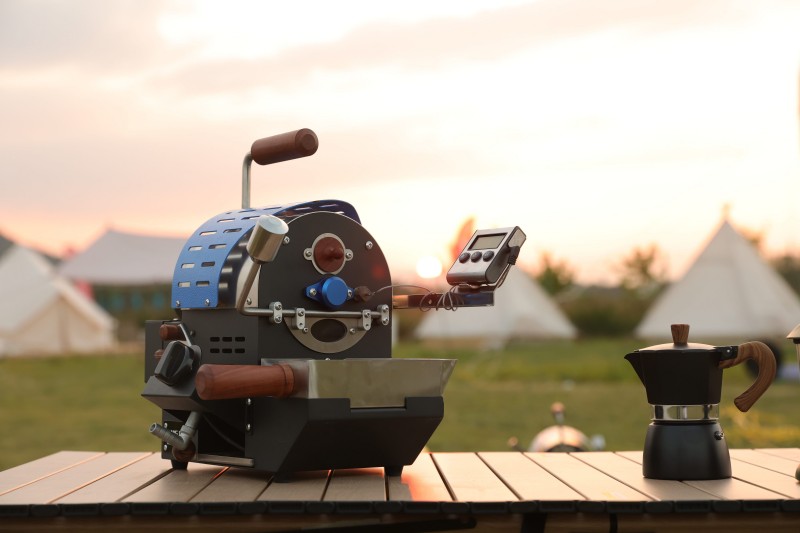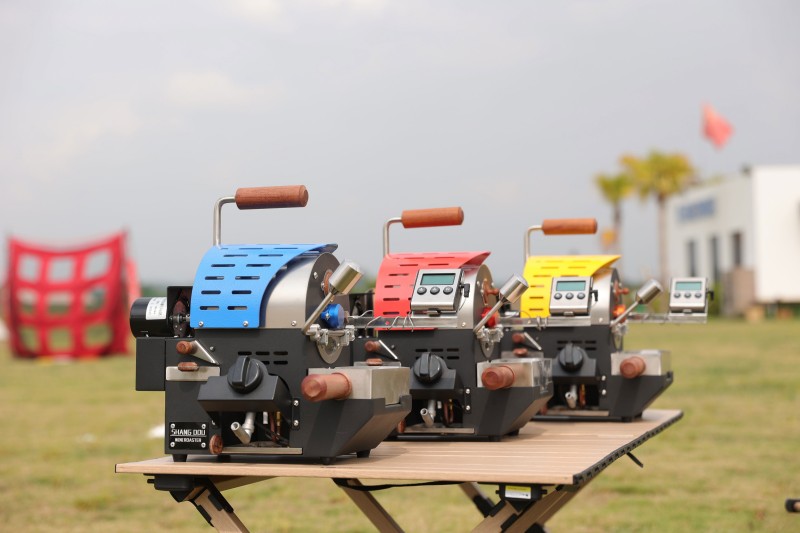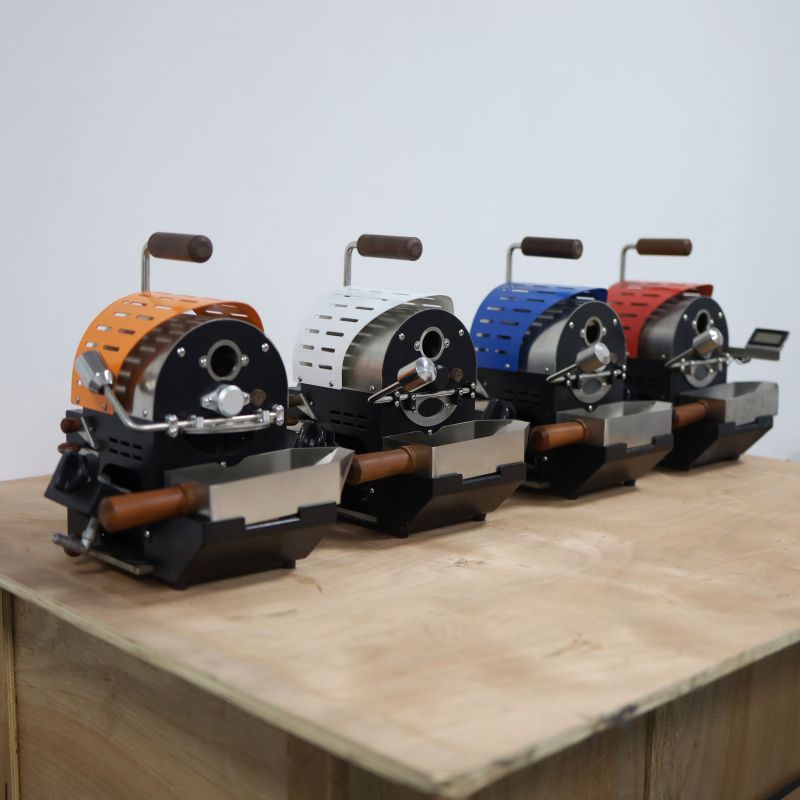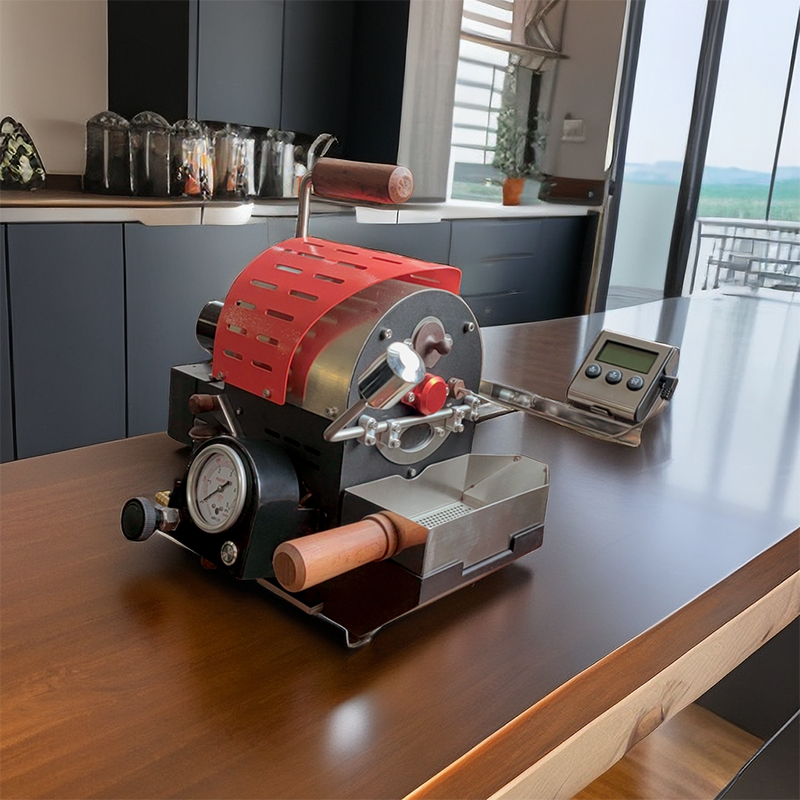Daily use and cleaning:
1. Cleaning the coffee machine brewing head/handle:
After each extraction, remove the coffee handle and knock off the coffee grounds. Turn on the coffee button for 1-2 seconds to let the water flow to clean the brewing head. Use a rag to wipe the coffee residue on the brewing head. This can prevent the brewing head from clogging and leaving residual flavor for the next extraction. At the same time, clean the coffee handle. The new handle coffee filter bowl will be stuck tightly, so use a latte needle to pick it out and clean it.
2. Cleaning the steam nozzle:
After each use of steam to make milk foam, wipe the steam nozzle with a clean wet rag and open the steam valve for 2 seconds. Use the impact and high temperature of the steam itself to flush the milk dirt remaining in the jet hole to maintain the smooth flow of the jet hole. If it is blocked, use a stainless steel wire to push the nozzle and clean it, or remove it for cleaning.
3. Cleaning the water tray:
After using the coffee roaster machine, remove the water tray, wipe it with clean water, wipe it dry, and then put it back for use and install it in place.
4. Cleaning the outside of the coffee machine:
To clean the outside of the coffee roaster machine, please use a clean wet rag. Please use a mild, non-corrosive detergent to evenly penetrate the wet rag and then wipe the machine body. The rag should not be too wet to prevent excess water and detergent from penetrating into the circuit system, corroding the wires and causing a short circuit. If there are stubborn old marks, you can gently scrub them once with toothpaste. Note: The coffee machine equipment and any accessories cannot be scrubbed with hard tools such as iron wire and steel brushes.


Daily use and maintenance:
1. Replacement of sealing ring:
If there is leakage around the handle of the brewing head during extraction, the rubber ring should be replaced. Use a lace needle to pick out the old sealing ring of the brewing head and then install it back in order.
2. Disassembly and cleaning of the brewing head:
When the water outlet of the water distribution network is not evenly dispersed, but sprayed out like a fountain, the water distribution network needs to be cleaned (it is recommended to be used once a month for home use and once a week for commercial use). Loosen in the direction of the arrow, and tighten in the opposite direction. After disassembling, soak the water net with coffee cleaning powder and clean it. Install it back after cleaning (the small holes of the water net face outward and the large holes face inward). Do not tighten it too much after installation, otherwise the water will flow unevenly.


3. Clean the boiler regularly:
It is recommended to use pure water or reverse osmosis filtered water for coffee roasting machines. Boiler protection is more effective than descaling. It is recommended to maintain it once a year for home use. Pour the white vinegar and water into the water tank in a 1:1 ratio (blending about 500 grams), turn on the power button and then turn on the extraction button, pump the blended white vinegar into the boiler until the water outlet brewing head smells sour, then turn off the extraction button, turn on the steam knob for about 20-30 seconds (the nozzle will emit sour smell), then turn off the machine and wait for 30 minutes, clean the water tank and replace it with new pure water, pump out the white vinegar from the extraction boiler and steam module until there is no sour smell.
4. Long-term non-use:
When the coffee machine is not used for a long time (more than three months), if you use it again, you need to fill the boiler with water, fill the water tank with water, plug in the power supply, turn on the power switch, and immediately turn on the coffee button until water comes out of the brewing head. Similarly, you need to fill the steam with water, turn on the steam at 19 (pull the steam lever at 20 and 23) until the steam nozzle sprays water. Because it has not been used for a long time, the water in the boiler has evaporated. The absence of water in the boiler will cause the boiler to dry burn. In the future, you do not need to fill the boiler with water for normal daily use.